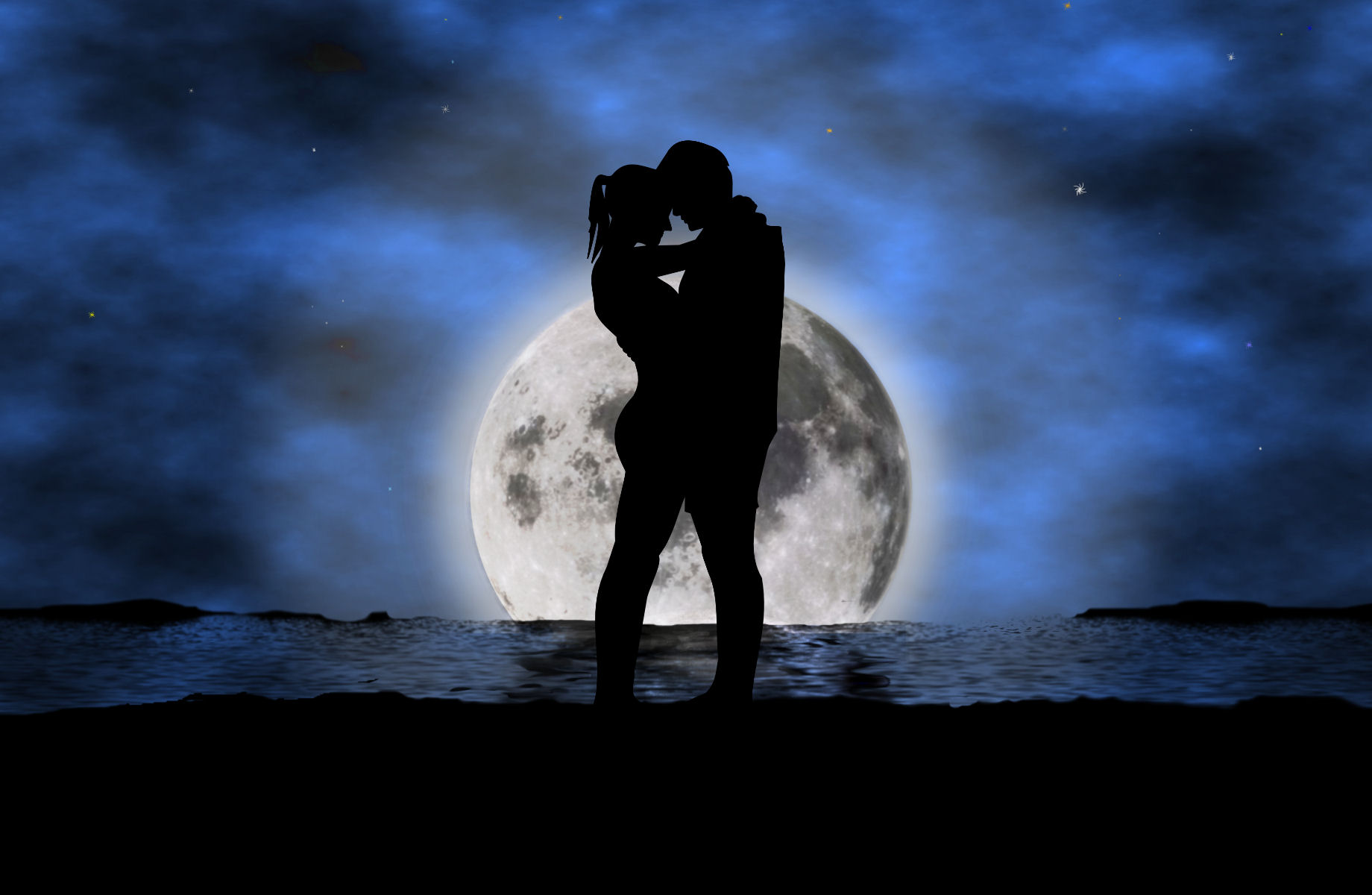
Once again, the streets of Chinatown will be transformed into a lively, colorful pedestrian bazaar for the Autumn Moon Festival through September 9 2014, with the appearance of the Super Moon.
Celebrating the glories and mysteries of the moon, which along with the sun, the moon has long been an object of human curiosity and worship. It is probable that sun and moon were early held to be deities and that they were the first visible objects of worship.
To the most ancient ancestors of the Chinese, the sun and the moon were considered the chief objects of veneration, according to records dating to the Han dynasty emperor Wu Di (157-87 B.C.).
In ancient Asian mythology, there is a strong relationship between the moon and water. The moon is said to regulate reservoirs and supplies of water. There is a suggestion that the moon produces fertility and freshness in the soil. The moon's role in bountiful harvests is widely recognized during autumns around the world.
In Chinese celestial cosmology, the moon represents the female principle, or yin. During ancient autumn Moon Festivals, women took center stage because the moon is considered feminine. Only women took part in Moon Festival rituals on the night of the full moon. Altars would be set up in households, and when the full moon appeared, women would make offerings of incense, candles, fruit, flowers, and moon-cakes.
The enduring legend of the Moon Goddess, Chang E, reflects the feminine principle of yin, as opposed to the masculine principle of yang, which is symbolized by the sun.
TONIGHT: How To See The Last Supermoon Of The Summer http://huff.to/1CJpW6q via @HuffPostScience